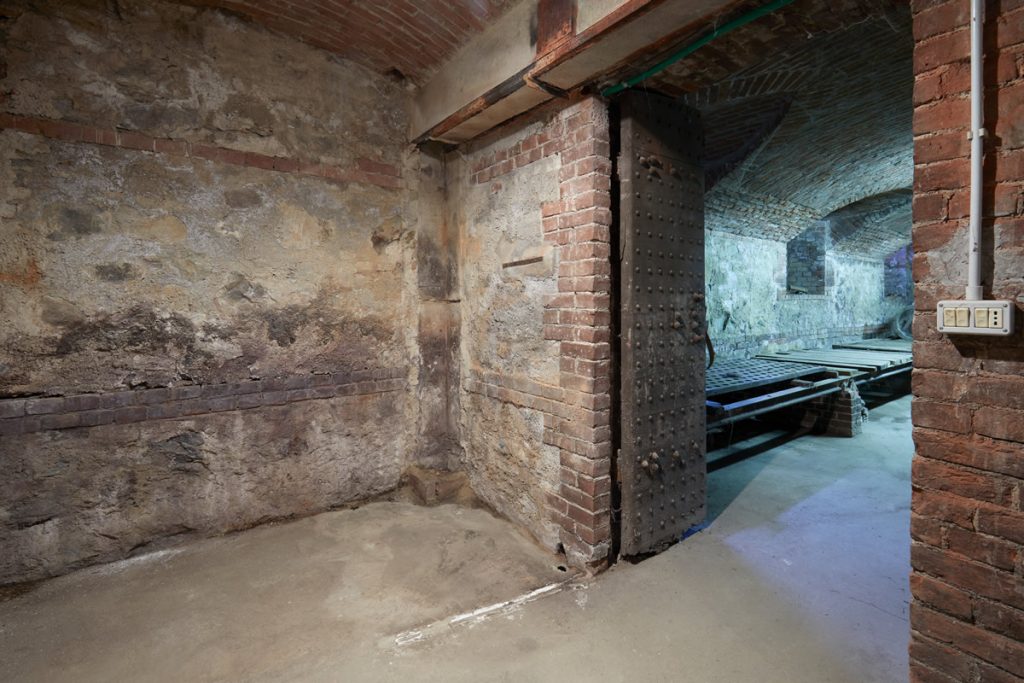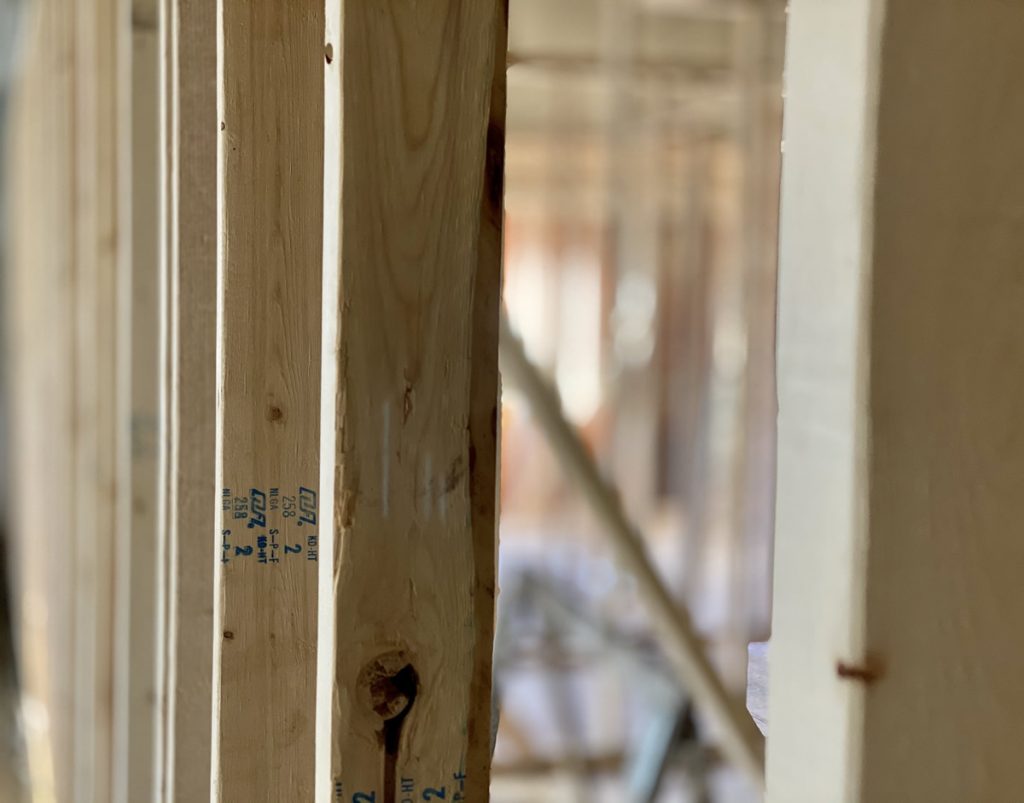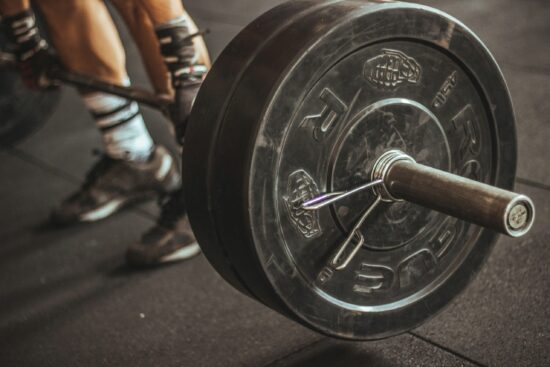It usually starts with a basement…
Where you locate your cellar will influence the costs of maintaining it in the future. It is recommended that you place a wine cellar in an area that is cool and humid. A cooling unit will be smaller and have a lower overall cost if you keep the temperature and humidity of your wine at 55 °F to 58 °F and 55-75%. You have to consider the surrounding environment in the heat gain calculation for your wine cellar. You’ll need a larger cooling unit to maintain proper conditions if the surrounding environment averages 85° compared to 65°. It will also be necessary to introduce humidity more frequently in a dry environment.


In this article, we will go over the key elements of building a wine cellar from scratch. We also recommend checking out the sommelier’s guide to cellaring wine.
Installing Studs
The wine cellar will need to be fully framed if this is new construction. Prior to installing studs, seal the concrete walls of the foundation. You will also need a vapor barrier, which will be either 6-millimeter plastic sheeting or spray foam (see ” Select Your Insulation & Vapor Barrier). If you opt for plastic sheeting, you must do that at this stage.
Continuing with this step as outlined, if you selected spray foam. With the 2×6 construction, the cooling unit size is minimized and energy efficiency is enhanced. The same concept applies to adding more insulation to your home to reduce monthly energy bills. It is important to follow all local, state, and national building codes when building your home wine cellar.


Rough-in Refrigeration
There are two types of wine coolers: split systems and ducted systems. We recommend using a ducted system as they are more efficient over the long haul. The ducts and the line set will need to be run at this point. Air handlers are usually placed in mechanical rooms. The ducts will run through the wine cellar to the air handler. It is then necessary to run the line set from the air handler to the condenser. A choice of indoor or outdoor condensers is available. The drain line and electric service must also be run.
Insulation & Vapor Barrier
Spray foam or 6-millimeter plastic sheeting and fiberglass batts are the two most common types of insulation and vapor barriers used in wine cellars. While spray foam is generally more expensive, it prevents the possibility of puncturing your vapor barrier (since no 6 mil vapor barrier is necessary when using spray foam) caused by someone inserting screws, running wire, or plumbing into or through the wine cellar wall. The spray foam will expand to fill all crevices in the enclosure, resulting in an effective seal. Non-shrinking closed cell spray foam does not compromise the enclosure. In either case, there should not…



